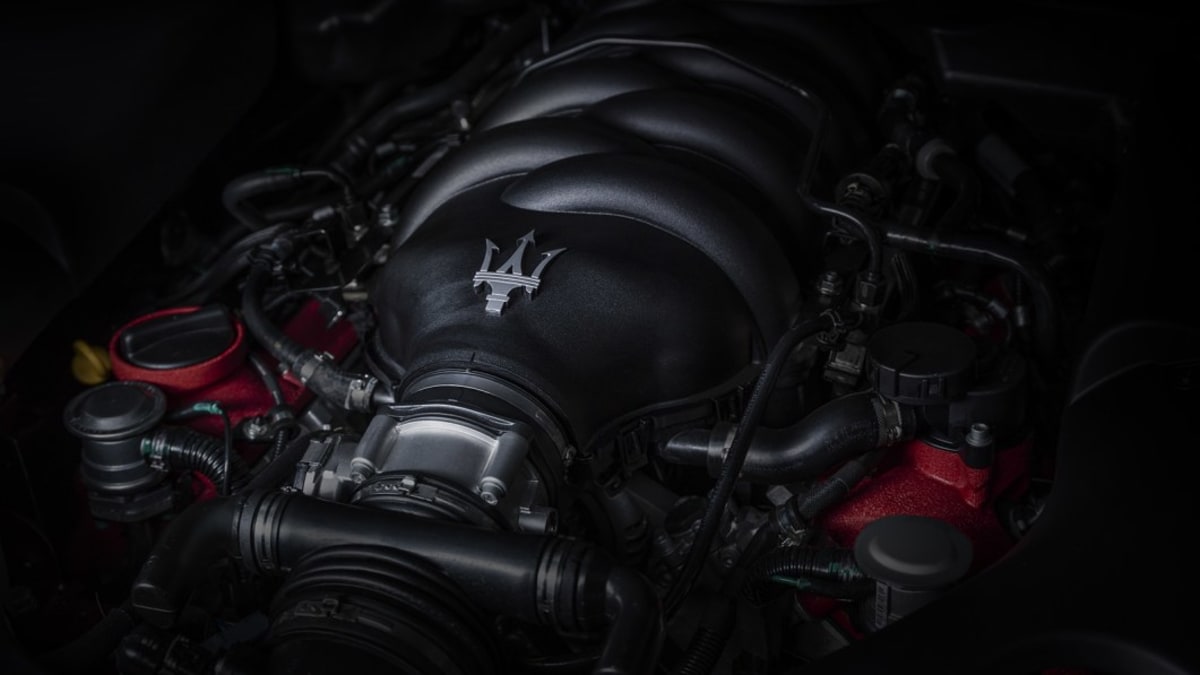Maserati’s plans for their V8 engine and their transition to electric vehicles. The decision to discontinue the production of the V8 engine by the end of this year marks a significant milestone for Maserati. However, based on existing inventory and customer orders, they will still have a few V8-powered models available for sale in 2024.
Read More: Do we see new Aston Martin DB12?
To commemorate the end of the V8 era, Maserati will introduce two unique edition models: the Ghibli 334 Ultima and the Levante V8 Ultima. These cars will be showcased at the Goodwood Festival of Speed in July.
Both models will be powered by a 3.8-litre twin-turbo V8 engine, generating 572 BHP. While the powertrain remains the same, the special edition vehicles will feature cosmetic changes in colours and trims and some handling enhancements.
Maserati’s future focus lies in their new twin-turbo 3.0-litre V6 engine, already being utilized in the Grecale Trofeo and MC20 models. This smaller V6 engine produces a higher power output than the outgoing V8, delivering 620 BHP.
Moreover, Maserati has announced its commitment to becoming an all-electric brand by 2030. They aim to introduce electric versions of all their models by the end of 2025 under the Folgore name. This transition reflects the industry-wide shift towards electric mobility and aligns Maserati with the growing demand for sustainable transportation options.
Maserati’s decision to go all-electric by 2030 is noteworthy and reflects the shift towards electric vehicles in the automotive industry. Introducing an electric version of all its models by the end of 2025 is an ambitious goal, and it will be interesting to see how the brand adapts to the new technology and how its customers respond to it. The Folgore name sounds promising, and seeing what Maserati has in store for its electric lineup will be exciting.
Maserati’s decision to discontinue the V8 engine, introduce unique edition models, and shift its focus to electric vehicles demonstrates its commitment to innovation and adapting to the evolving automotive landscape.
Source: Autoblog

































